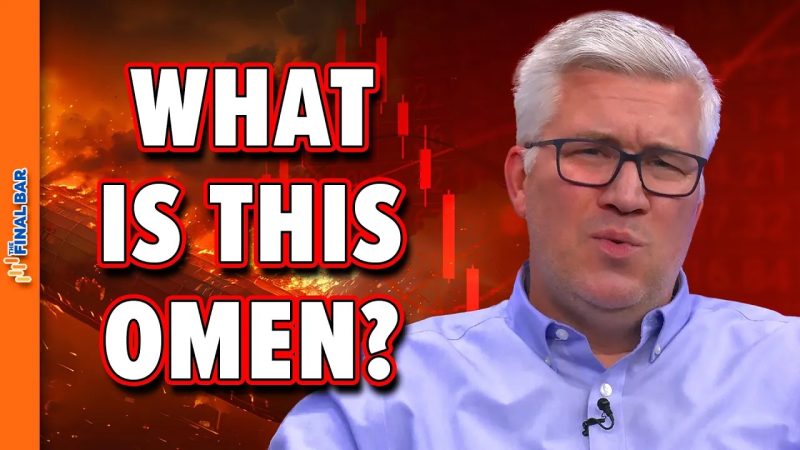The Hindenburg Omen: A Closer Look at Its Impact and Relevance
Identifying potential market trends is crucial for investors looking to make informed decisions. One such indicator that often garners attention in the financial world is the Hindenburg Omen. Named after the infamous Hindenburg disaster of 1937, this technical analysis tool is believed to foretell potential stock market downturns. However, the Hindenburg Omen is not without its skeptics and controversies. In this article, we will delve deeper into the truth behind the Hindenburg Omen, its effects on the market, and its duration.
Effects of the Hindenburg Omen
The Hindenburg Omen is a complex indicator that relies on several technical factors to signal a potential stock market crash. When the conditions align, it is believed to indicate a high probability of a market downturn. The key components of the Hindenburg Omen include a high number of new 52-week highs and lows, the NYSE Composite closing higher than it did 50 days ago, and market breadth divergences.
Supporters of the Hindenburg Omen argue that the confluence of these conditions signals underlying weakness in the market, potentially leading to a significant downturn. According to historical data, instances where the Hindenburg Omen has been triggered have sometimes preceded notable market corrections. This has led some investors to view it as a valuable tool for predicting market movements and adjusting their strategies accordingly.
Duration of the Hindenburg Omen
One of the criticisms often leveled against the Hindenburg Omen is its lack of specificity regarding the timing of potential market downturns. While the indicator may signal a market crash, it does not provide a precise timeline for when such a event may occur. This ambiguity can make it challenging for investors to act decisively based on the Hindenburg Omen alone.
Furthermore, the duration of the Hindenburg Omen’s impact on the market is a subject of debate. Some analysts argue that the signal is fleeting and may not have a lasting effect on market trends. Others suggest that the implications of the Hindenburg Omen can persist over an extended period, leading to prolonged market volatility and uncertainty.
Conclusion
In conclusion, the Hindenburg Omen remains a contentious yet intriguing indicator in the world of financial analysis. While it has shown correlations with market downturns in the past, its reliability and predictive power are subjects of ongoing debate. Investors should approach the Hindenburg Omen with caution, considering it as one of many tools in their arsenal for assessing market conditions. Ultimately, a comprehensive approach that incorporates multiple indicators and factors is advisable for making well-informed investment decisions in the ever-changing landscape of the stock market.

